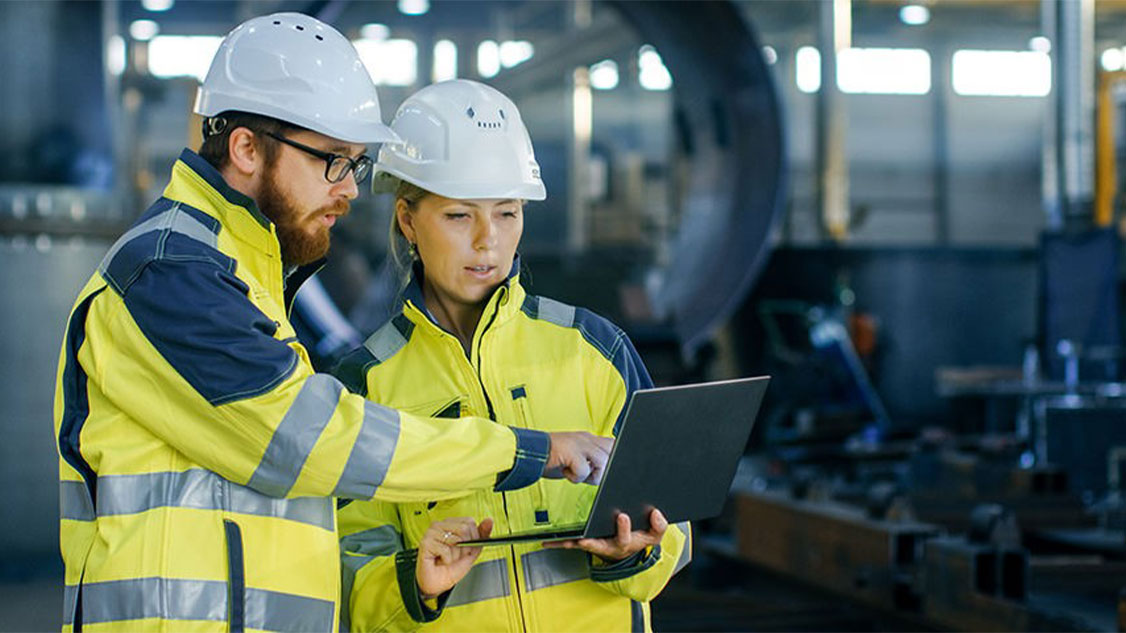A construction site is a very resource-intensive place. Every step needs to be properly planned in track construction, because entire sections of track often have to be repaired within a few hours. There’s a big difference between having the right quantities of material on site thanks to the help of digital solutions, or transporting tonnes of gravel to the construction site as a reserve, only to have to transport it away again. The digitalised construction site gives an overview of resources, materials, energy and travel, which forms the basis for acting in a resource-conserving manner. In addition, there are fewer human errors made in calculations or during workflow planning. Occupational safety is also improved because the networked construction site is able to tell, for example, if construction workers get too close to a large machine in a hazard zone.
According to Rhomberg Sersa, the digitalisation of construction sites allows around 11% of fuel, 9% of carbon emissions and 6% of energy consumption to be saved compared to the previous non-digital construction process.
